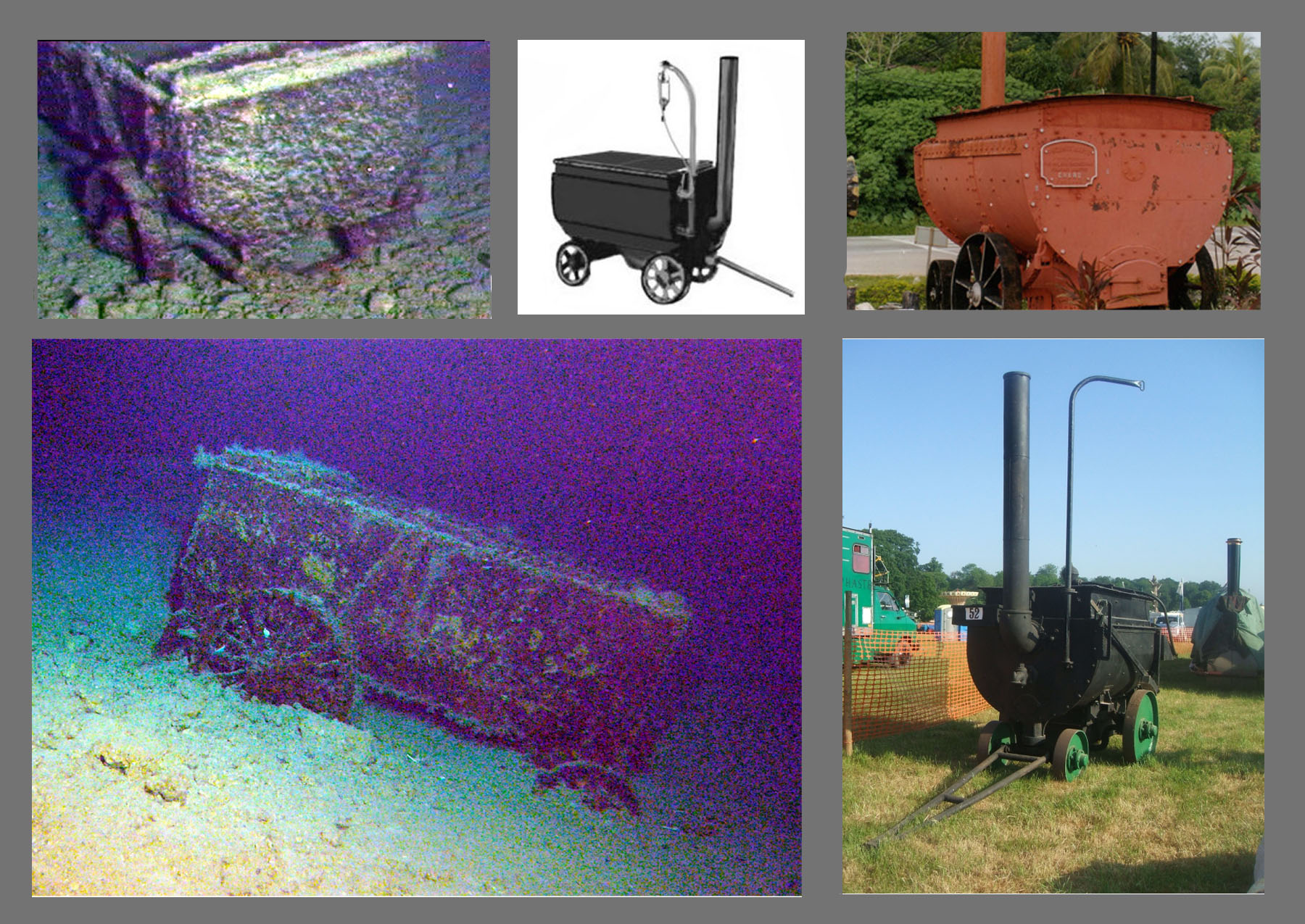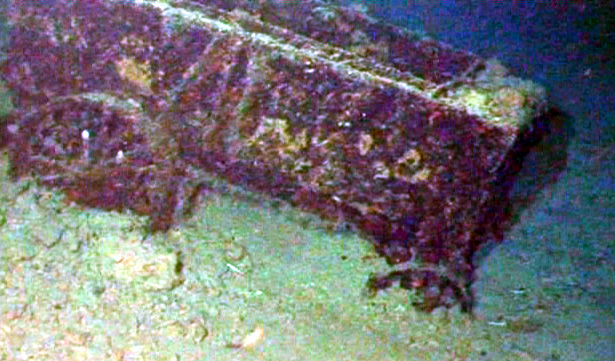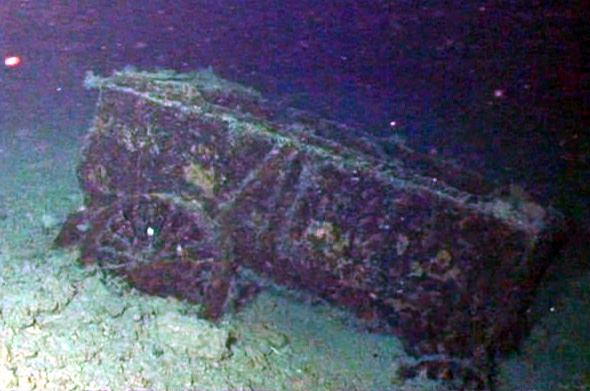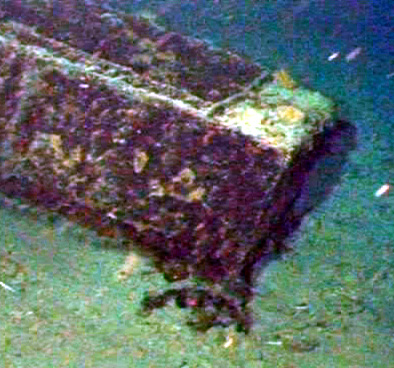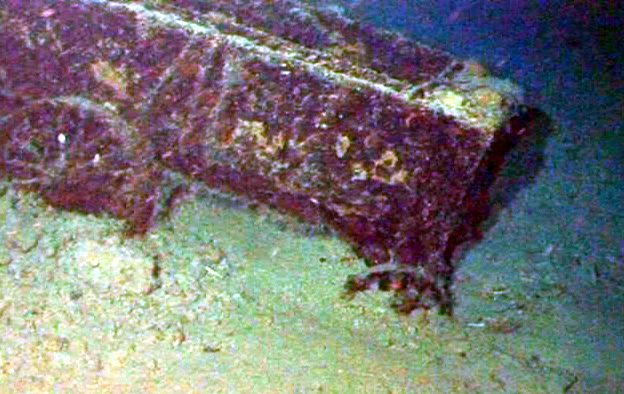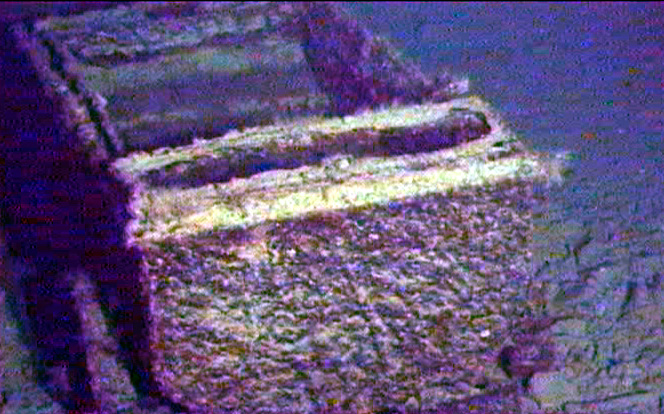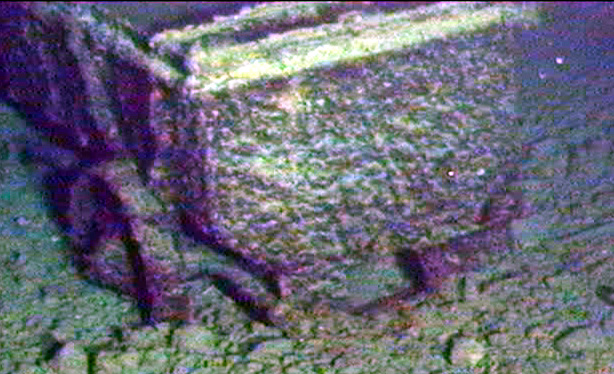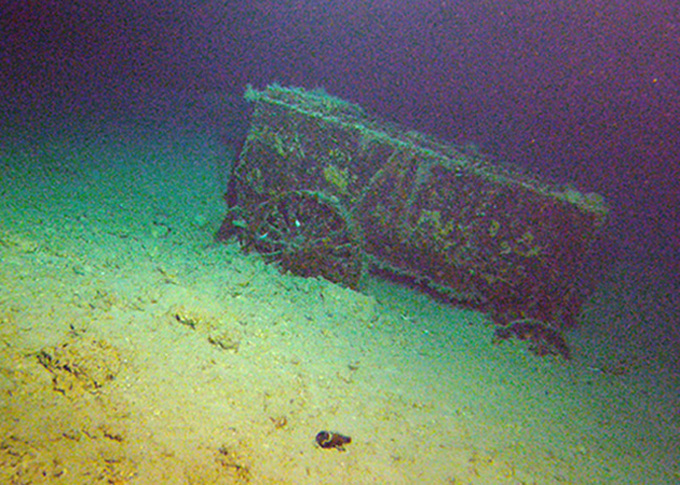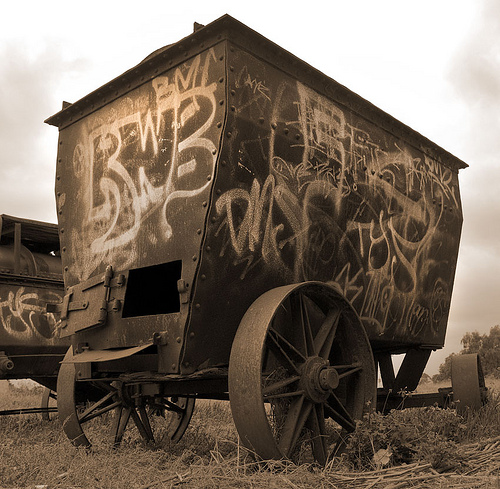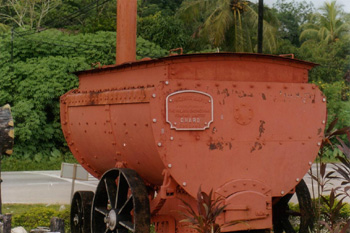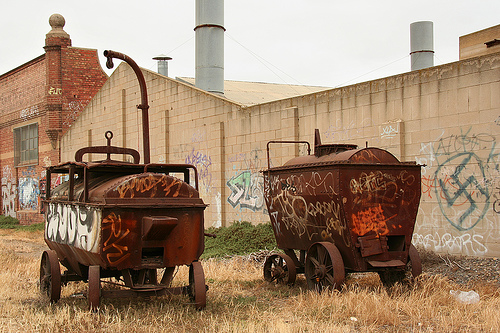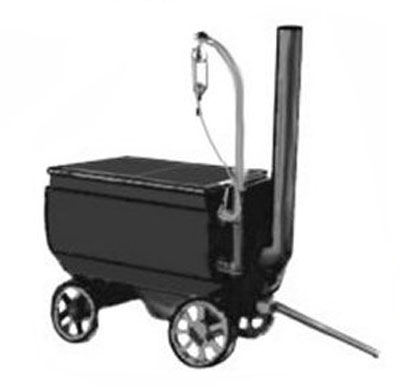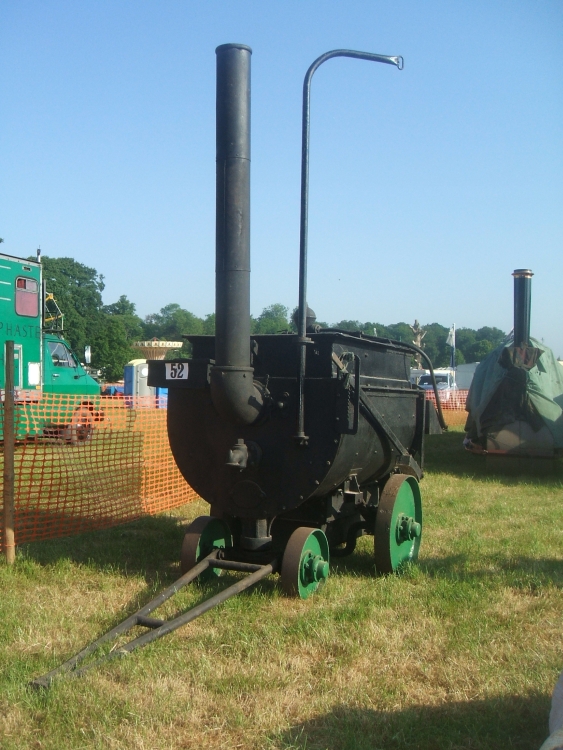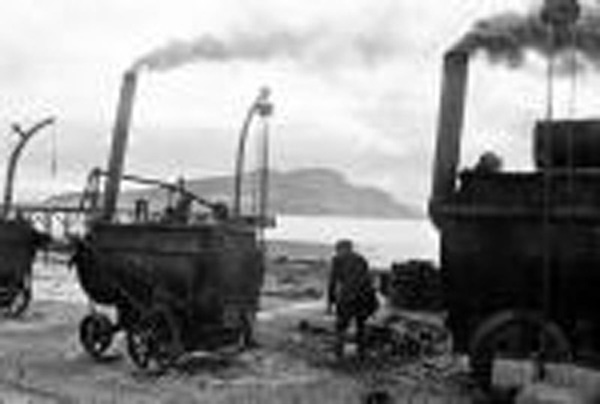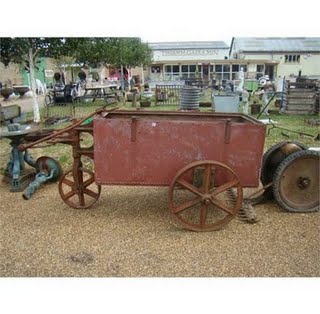| HURL Artifact No. |
VEH-14 |
*Denotes approximations and speculations |
|
|
|
|
|
|
|
|
| Name: |
Tar Boiler |
Lost: |
Unknown |
| Artifact Type: |
Wagon |
Found: |
10-Feb-2009 |
| Nationality: |
USA or Hawaiian |
Dive No: |
PIV-207 |
| Class or Make: |
n/a |
Location: |
Kewalo |
| Model: |
n/a |
Depth (m): |
285m |
| Purpose: |
Road Paving and Repair |
HURL crew: |
Kerby, Kelley |
|
|
| Serial Number: |
n/a |
Additional Dives: |
|
|
|
| Built/Launched: |
Unknown |
|
|
|
|
|
|
|
| Length: |
*6' |
| Width: |
*3.5' |
| Height: |
*4' |
|
|
|
|
|
|
|
|
|
|
|
|
| Circumstance of Loss: |
Unknown |
Crew Personnel/Position: |
n/a |
|
|
|
|
| Reason of Loss: |
Unknown |
Crew Survivals/Fatalities: |
n/a |
|
|
|
|
| Artifact History: |
*Likely used in Oahu's road construction as it was discovered on the same dive as a dump truck. Also of note, this artifact was found in the immediate vicinity of a small deteriorated barge (SBB-13).Tar boilers were also used for roofing. |
|
|
| Artifact Condition: |
This unique item sits upright in very good condition. All wheels are steel with spokes and built for hauling heavy weight. There are bars visible underneath possibly for steering. A flat plate on one end may have been for spreading the tar while dispensing. It probably also had a top with a vent stack, a hoist, a two person see-saw type hand pump, and a towing bridle. |
|
|
| Additional Information: |
Horse drawn four-wheeled tar boilers were introduced about 1907. It had a small crane for lifting wooden barrels to load it. It didn't actually boil the tar, but just heated it up enough to make it a free flowing liquid. The boiler was fitted with a hand pump that pressurized the molten tar down a hose to a nozzle for dispensing. Later a spray rail was developed which was pressurized by the wagons chain drive and powered a steam engine. They were used into the 1950's. |

